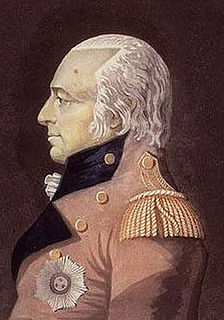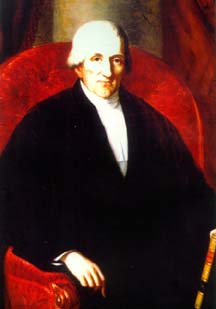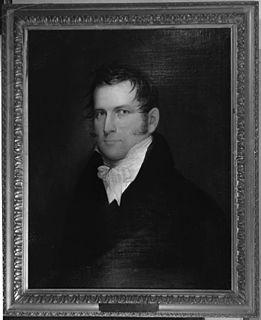William Sturge Moore (before 1785 – 1809 or later) was a political figure in Lower Canada. He represented Bedford in the Legislative Assembly of Lower Canada from 1805 to 1809.

The Province of Lower Canada was a British colony on the lower Saint Lawrence River and the shores of the Gulf of Saint Lawrence (1791–1841). It covered the southern portion of the current Province of Quebec and the Labrador region of the current Province of Newfoundland and Labrador.
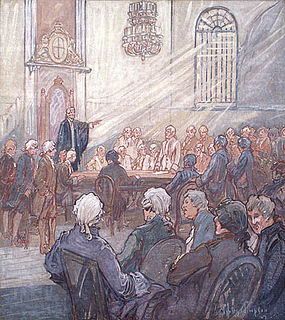
The Legislative Assembly of Lower Canada was the lower house of the bicameral structure of provincial government in Lower Canada until 1838. The legislative assembly was created by the Constitutional Act of 1791. The lower house consisted of elected legislative councillors who created bills to be passed up to the Legislative Council of Lower Canada, whose members were appointed by the governor general.
He came to the seigneury of Foucault, also known as Caldwell's Manor, from Pennsylvania in November 1801. In 1805, he became a justice of the peace and, in 1807, was named a commissioner for the purpose of taking the oath from officers on half-pay, and also a judge for the district. Moore was elected to the assembly in an 1805 by-election; he did not run for reelection in 1809. He married Hetty Harper, probably his second wife, in New England.
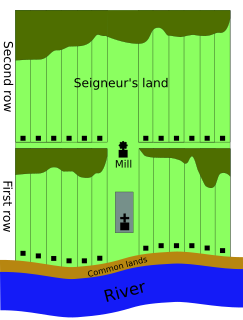
The manorial system of New France was the semi-feudal system of land tenure used in the North American French colonial empire.
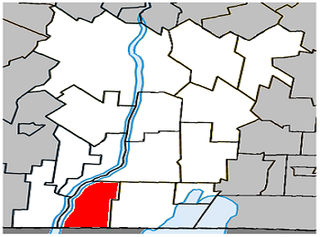
Noyan is a municipality in the province of Quebec, Canada, located in Le Haut-Richelieu Regional County Municipality. The population as of the Canada 2011 Census was 1,297.

Pennsylvania, officially the Commonwealth of Pennsylvania, is a state located in the northeastern, Great Lakes and Mid-Atlantic regions of the United States. The Appalachian Mountains run through its middle. The Commonwealth is bordered by Delaware to the southeast, Maryland to the south, West Virginia to the southwest, Ohio to the west, Lake Erie and the Canadian province of Ontario to the northwest, New York to the north, and New Jersey to the east.

